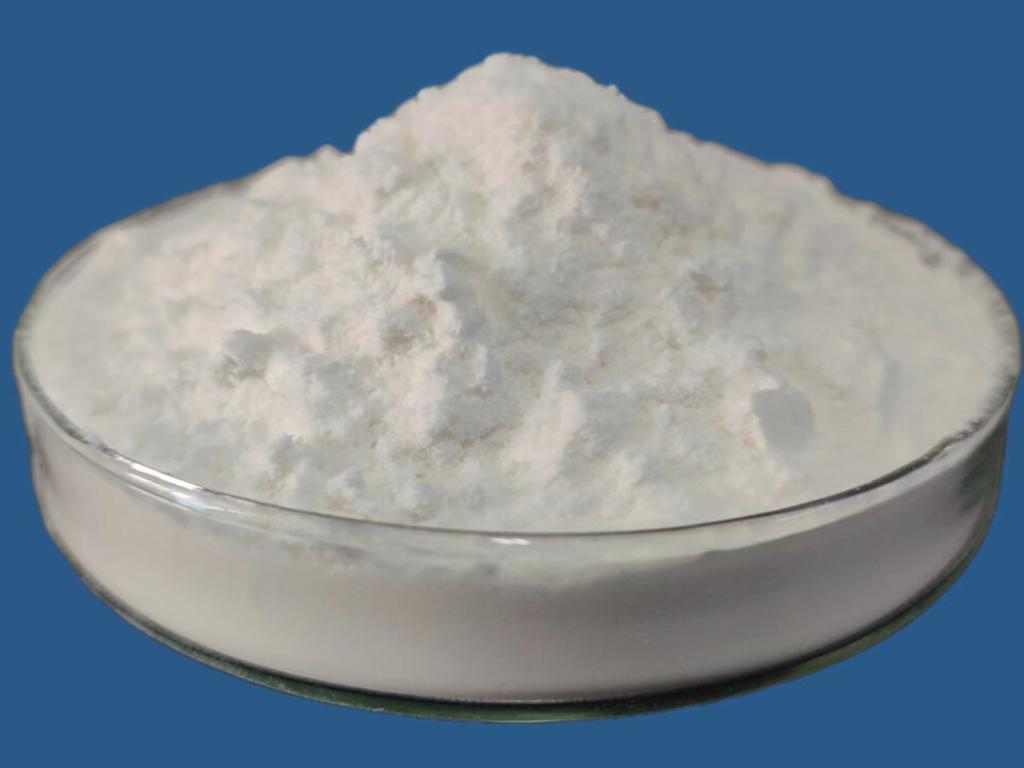Tel:+8618231198596

News
 CONTACT
CONTACT
 CONTACT
CONTACT
- Linkman:Linda Yao
- Tel: +8618231198596
- Email:linda.yao@dcpharma.cn
- Linkman:CHARLES.WANG
- Department:Overseas
- Tel: 0086 0311-85537378 0086 0311-85539701
News
Current Position:
Home >
News
>Exploring the compatibility of ε-Polylysine hydrochloride with different food.
Exploring the compatibility of ε-Polylysine hydrochloride with different food.
TIME:2024-04-30
Properties of ε-Polylysine Hydrochloride:
Before delving into the compatibility of ε-PL with different food matrices, it's important to understand its properties. ε-PL is a cationic homopolymer composed of lysine residues linked by peptide bonds. It is water-soluble, heat-stable, and exhibits broad-spectrum antimicrobial activity against bacteria, fungi, and some viruses. Additionally, ε-PL is biodegradable, non-toxic, and generally recognized as safe (GRAS) for use in food products.
Compatibility with Aqueous Solutions:
ε-PL is highly soluble in water, making it compatible with aqueous solutions and beverages. Its solubility remains unaffected over a wide range of pH values, allowing for its incorporation into acidic, neutral, and alkaline formulations. However, the effectiveness of ε-PL may be influenced by the pH of the solution, with optimal antimicrobial activity observed under acidic conditions. Additionally, interactions with other ingredients, such as salts and sugars, may affect the stability and efficacy of ε-PL in aqueous solutions.
Compatibility with Emulsions:
Emulsions, such as salad dressings, sauces, and mayonnaises, present unique challenges for incorporating antimicrobial agents like ε-PL. While ε-PL is soluble in water, its compatibility with oil phases in emulsions may vary. Incorporating ε-PL into emulsions may require the use of emulsifiers or stabilizers to ensure uniform distribution and stability. Moreover, processing conditions, such as high shear forces during emulsification, may impact the efficacy of ε-PL in emulsified products.
Compatibility with Gels:
Gel-based products, including desserts, jams, and jellies, pose challenges for incorporating antimicrobial agents like ε-PL due to their gel structure and rheological properties. ε-PL may interact with gelling agents, such as pectin or agar, affecting gel formation and texture. Strategies for incorporating ε-PL into gel-based products may include pre-dissolving it in a compatible solvent or adjusting the formulation to minimize interactions with other ingredients.
Compatibility with Solid Foods:
Solid foods, such as meats, cheeses, and baked goods, offer opportunities for incorporating ε-PL to inhibit microbial growth and extend shelf life. However, the compatibility of ε-PL with solid food matrices depends on factors such as processing methods, ingredient interactions, and surface properties. ε-PL can be applied directly to the surface of solid foods as a coating or incorporated into packaging materials to provide antimicrobial protection.
Factors Influencing Compatibility:
Several factors influence the compatibility of ε-PL with different food matrices and formulations. These include pH, temperature, processing conditions, ingredient interactions, and the presence of other antimicrobial agents or preservatives. Optimizing these factors is essential to maximize the effectiveness of ε-PL while ensuring its compatibility with the desired food product.
Conclusion:
In conclusion, ε-Polylysine hydrochloride (ε-PL) offers a natural and effective solution for controlling microbial growth in various food products. Understanding the compatibility of ε-PL with different food matrices and formulations is essential for optimizing its application and enhancing food safety and quality. By addressing factors such as pH, temperature, processing conditions, and ingredient interactions, food manufacturers can leverage the antimicrobial properties of ε-PL to develop safe and shelf-stable food products for consumers. Continued research and innovation in ε-PL formulation and application are key to unlocking its full potential in the food industry.
- Tel:+8618231198596
- Whatsapp:18231198596
- Chat With Skype







